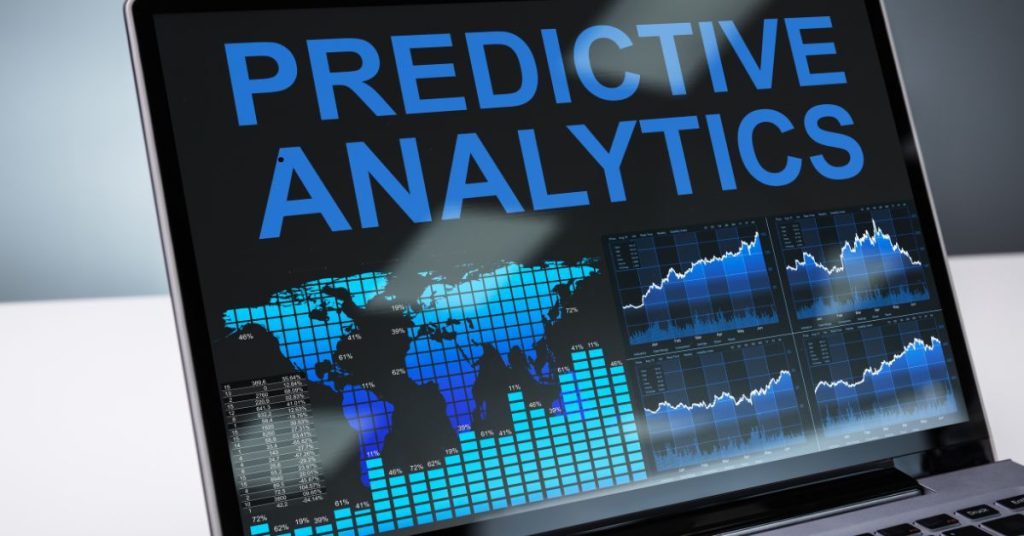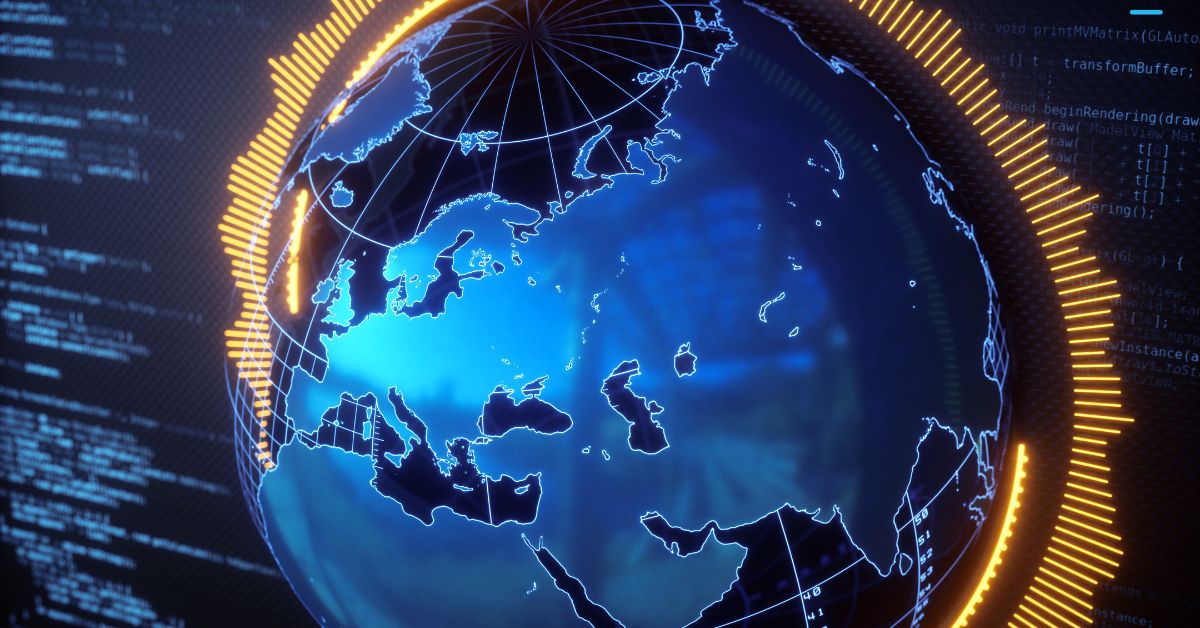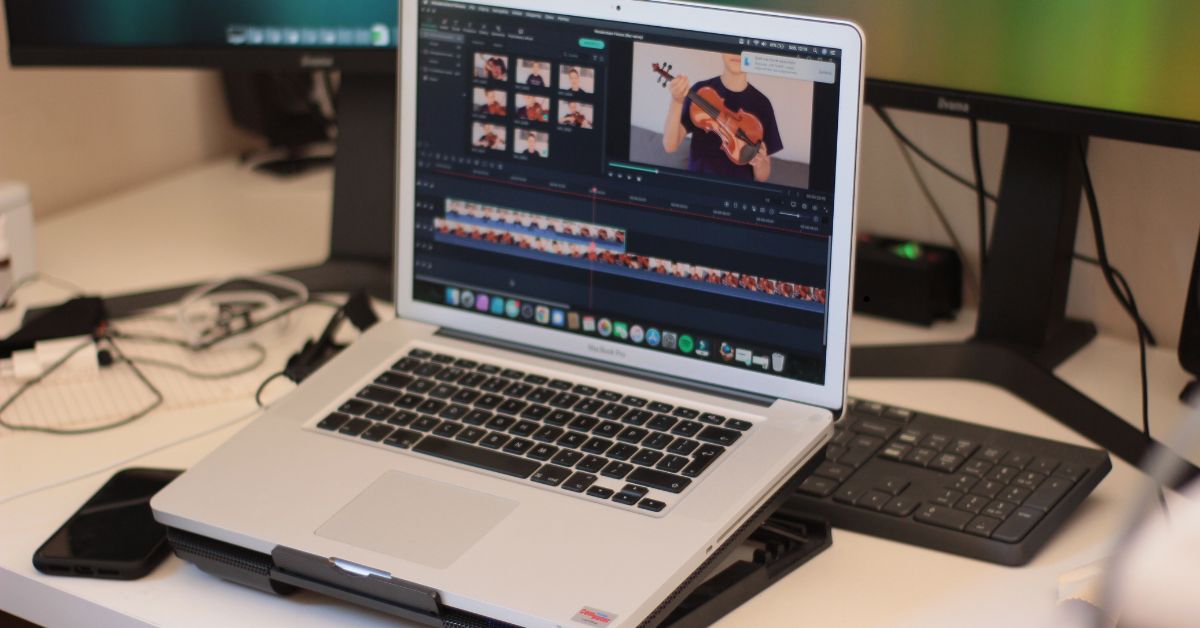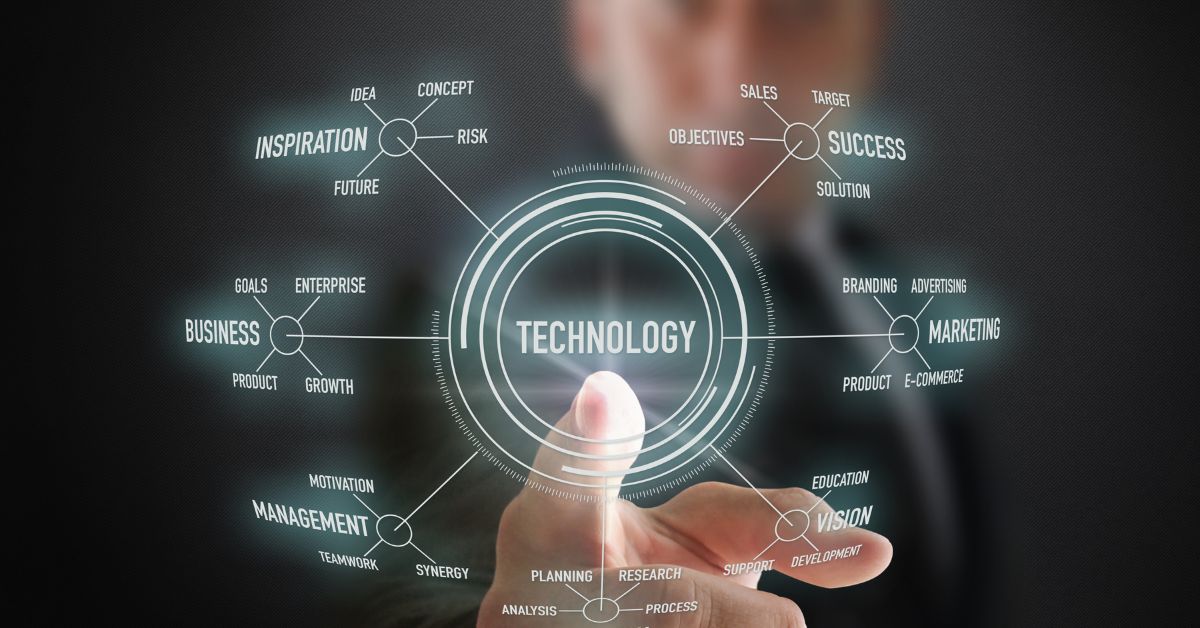Prediction Device vs Telling Device
When discussing technological advancements, particularly in decision-making tools, the debate of prediction device vs telling device often arises. These two concepts play distinct roles in fields like data analytics, artificial intelligence, and user guidance. Understanding the nuances of prediction device vs telling device is essential to leverage them effectively for personal or organizational growth.
What is a Prediction Device?
A prediction device is a tool or system designed to forecast future outcomes based on existing data and algorithms. By analyzing trends, historical data, and contextual inputs, it predicts what might happen next. For example:
- Weather forecasting tools predicting storms.
- AI models predicting consumer behavior in e-commerce.
- Financial tools forecasting stock market trends.
In the comparison of prediction device vs telling device, a prediction device focuses primarily on probabilistic outcomes, allowing users to prepare for future scenarios.
What is a Telling Device?
A telling device, on the other hand, provides direct information or instruction without any forecasting element. It operates in real-time, delivering facts, directions, or data as it is. Examples include:
- GPS devices giving turn-by-turn navigation.
- Smart assistants providing factual answers to queries.
- Equipment manuals explaining operational steps.
While a prediction device offers foresight, a telling device focuses on real-time or fixed information. This distinction lies at the core of the prediction device vs telling device debate.
Key Differences Between Prediction Device vs Telling Device
1. Functionality
- Prediction Device: Focuses on analyzing data to predict outcomes.
- Telling Device: Provides instructions or real-time information without forecasting.
2. Applications
- Prediction Device: Used in AI, data science, and strategic planning.
- Telling Device: Ideal for user guidance, learning, and immediate responses.
3. Dependence on Data
- Prediction Device: Requires vast amounts of historical and real-time data.
- Telling Device: Works independently of trends or predictive analytics.
4. Complexity
- Prediction Device: Often involves complex algorithms and machine learning.
- Telling Device: Relatively simple in design, focusing on direct communication.
This comparison highlights the fundamental aspects of prediction device vs telling device, showcasing their unique purposes.
Applications of Prediction Device vs Telling Device in Industries
Healthcare
- Prediction Device: AI models predicting patient health risks.
- Telling Device: Wearable devices providing current heart rate or blood pressure.
Education
- Prediction Device: Systems forecasting student performance based on engagement data.
- Telling Device: E-learning platforms providing course materials and instructions.
Retail
- Prediction Device: Tools predicting customer purchasing trends.
- Telling Device: Systems offering product information or store navigation.
Transportation
- Prediction Device: Models predicting traffic congestion.
- Telling Device: Navigation systems giving real-time directions.
The juxtaposition of prediction device vs telling device showcases their importance in streamlining operations across various sectors.
Advantages and Limitations of Prediction Device vs Telling Device
Prediction Device
Advantages:
- Provides foresight for proactive decision-making.
- Enhances efficiency in strategic planning.
Limitations:
- Relies heavily on accurate data.
- Predictions are probabilistic, not guarantees.
Telling Device
Advantages:
- Simple and user-friendly.
- Delivers precise, actionable information.
Limitations:
- Limited to real-time or predefined data.
- Lacks the ability to provide foresight.
The strengths and weaknesses of prediction device vs telling device emphasize their complementary roles.
How to Choose Between Prediction Device vs Telling Device?
When deciding between a prediction device vs telling device, consider the following factors:
- Purpose:
- Opt for a prediction device if you need forecasts or insights into future scenarios.
- Use a telling device for immediate instructions or factual data.
- Data Availability:
- Prediction devices require extensive datasets.
- Telling devices function independently of predictive analytics.
- Industry Needs:
- Industries like finance and healthcare benefit more from prediction devices.
- Fields requiring real-time guidance, like transportation, rely on telling devices.

Future Trends in Prediction Device vs Telling Device
The evolution of technology continues to blur the lines between prediction device vs telling device. Emerging trends include:
- Hybrid Systems: Devices combining predictive analytics with real-time guidance.
- AI-Driven Telling Devices: Enhanced by machine learning, telling devices are becoming smarter.
- Predictive Insights in Daily Tools: Prediction devices are being integrated into consumer gadgets for personalized experiences.
As the landscape evolves, understanding the interplay between prediction device vs telling device will remain crucial.
Conclusion: Prediction Device vs Telling Device
The debate of prediction device vs telling device underscores the diverse capabilities of modern tools. While prediction devices excel at forecasting future scenarios, telling devices provide real-time, actionable insights. Both serve critical roles across industries, enhancing efficiency and decision-making. By understanding the distinctions and applications of prediction device vs telling device, individuals and organizations can better harness their potential for success.




